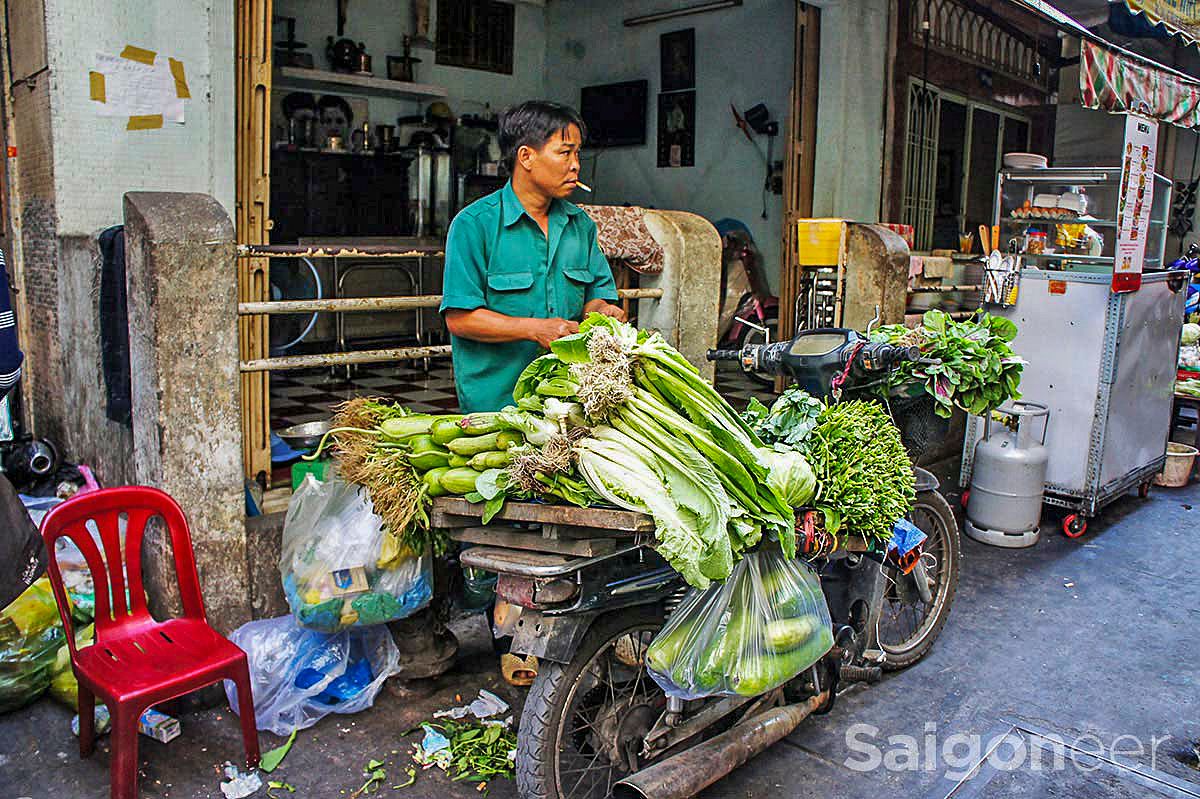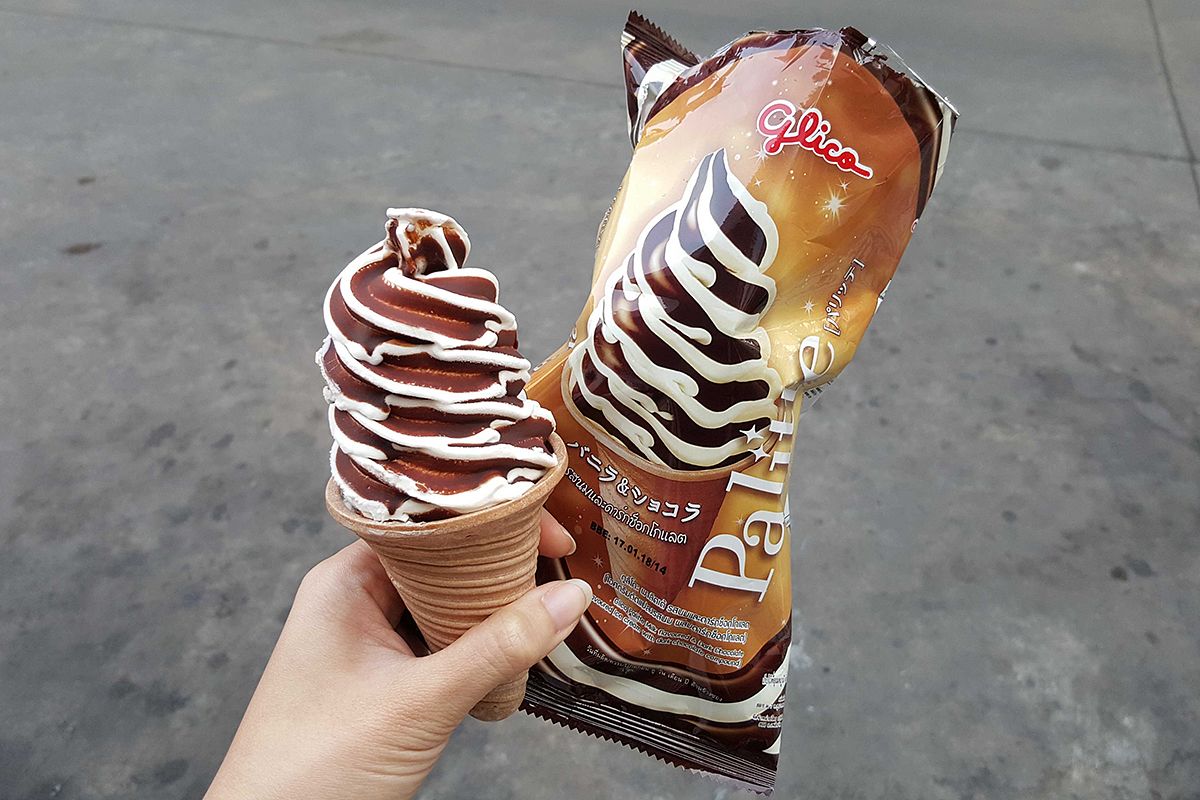In the wonderful world of Vietnamese soups, everyone has their preferred set of spices.
Thanks to the DIY nature of food preparation at phở joints across the country – and, indeed, around the world – you can fashion yourself the perfect bowl of soup, fine-tuned to your tastes. But with the endless array of greens and spices on offer at your local soup spot, finding just the right combination can be tricky.
Enter Lucky Peach with a handy guide to all the herbs and spices you might find beside your phở bowl. While the southern Vietnamese rendition is better-known around the world, northern bowls also feature a unique variety of aromatic add-ons.
Most of the herbs and spices included in writer Sascha Bos’ guide are standard accoutrements, easily recognized at phở tables across the country. Black pepper, ginger, Vietnamese cinnamon, cloves, star anise, mint, Thai basil, cilantro and Vietnamese coriander all make the list, as do your run-of-the-mill chilis, though Bos also notes that American phở shops serve the soup with jalapenos when Vietnamese chilis are hard to come by. We’re not sure how we feel about this, but it’s likely such an offense would have Hanoian grandmothers turning over in their graves.
Beyond the above-mentioned ingredients, here are five more must-have herbs and spices for your next bowl of phở:
Thảo quả / Black cardamom

Photo via Kirana Place.
This larger, darker version of cardamom bears a smoky flavor and grows in the mountainous regions of Lao Cai and Lai Chau provinces, making it more likely to appear on the table of a northern phở joint than a southern one.
Ngò Gai / Culantro

Photo via Wikimedia Commons.
No, that’s not a spelling mistake. Also known as “sawtooth herb” in English, culantro is popular in hotter climates thanks to the resilience of the herb, which tends to wilt less in the boiling hot broth of a soup bowl. Culantro’s flavor is stronger than your average cilantro and is a regular fixture in Saigon’s phở joints but seldom found abroad.
Kinh Giới / Vietnamese balm

Photo via Thuoc Quy Viet.
Also used as a medicinal herb, Vietnamese balm has a flavor similar to lemongrass and is also common in bún bò Huế and bún riêu.
Ngò om / Rice paddy herb

Photo via Flickr user Ron Dollette.
A uniquely Southeast Asian plant, the rice paddy herb bears traces of lemon and cumin flavors and is responsible for the mouthwatering flavor of canh chua.
Sá sùng / Peanut worm

Photo via Traveling on an Empty Stomach.
Once it’s been toasted, opened and cleaned, this dried marine worm adds a strong umami taste to your standard phở broth. These subtly sweet creatures are found in oceans everywhere but are particularly prevalent in the subtidal flats of Quang Ninh province. While their natural goodness is popular in Vietnam and cooks often recreate the flavor with a mixture of MSG and yellow rock sugar.
Overexploitation threatens to do away with peanut worms, however you probably don’t want to be eating them anyway: the creatures absorb minerals from their surrounding environment but can also absorb high concentrations of heavy metals.














